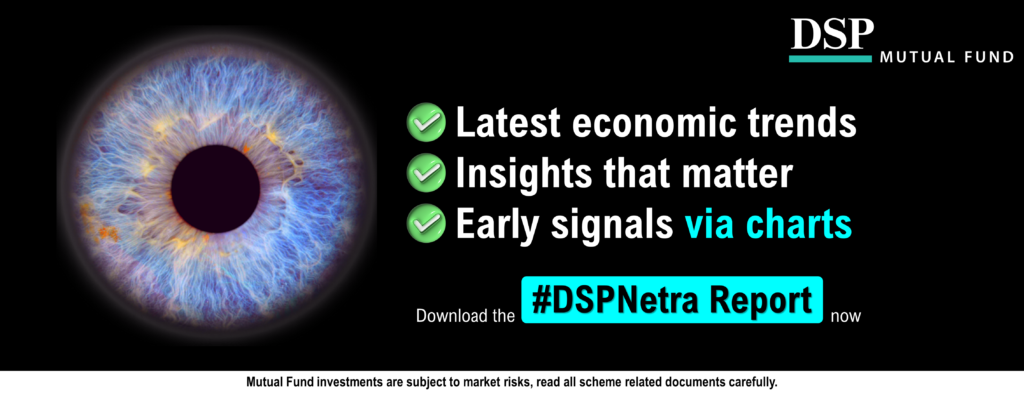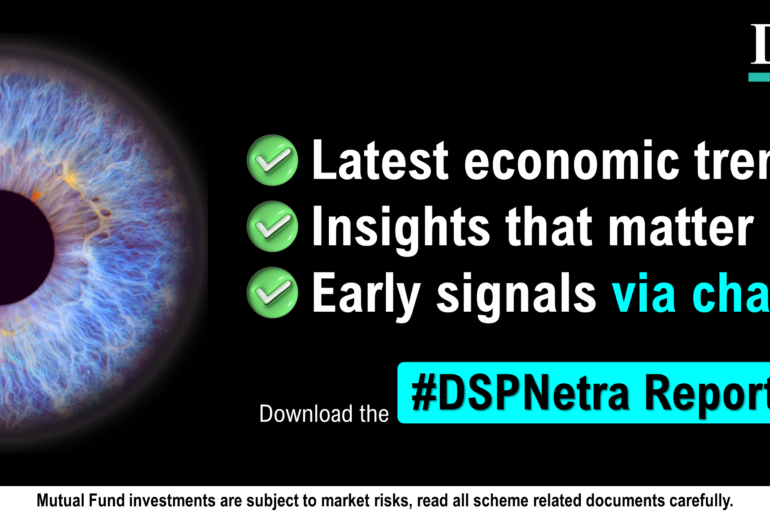Last Updated on Aug 28, 2024 by Anjali Chourasiya
Table of Contents
Is a ‘Big’ Bang around the corner?
It’s true that concentration risk is something you need to watch out for. However, the right kind of concentration might also do your portfolio some good.
You see, concentrated indices have been doing exceptionally well in the US. Some such indices are:
- the NYSE FANG+, which comprises 10 highly-traded tech giants (including Tesla, Meta, Apple, Amazon, Netflix, and Alphabet)
- the Magnificent Seven, which comprises seven leading tech companies (namely: Alphabet, Amazon, Apple, Meta, Microsoft, Nvidia, and Tesla)
- the S&P 500 Top 10 and the S&P 500 Top 50, which include 10 and 50 of the largest companies from the S&P 500 respectively.
Now, these indices have performed well mainly because the prospects for larger US companies were much better than those for smaller companies in the last cycle. But larger companies also have more durable advantages, such as the fact that they can upgrade and reorient their businesses using technological spending, which is much more challenging for smaller firms to accomplish.
Let’s now turn to India. A few years ago, the phrase ‘Big Becoming Bigger’ began seeing some popularity among Indian market watchers. But with small- and mid-cap stocks (SMIDs) having delivered a stellar performance since then, that phrase has been almost completely forgotten.
It might be time to take it seriously again. We believe the LARGEST companies now offer a high margin of safety versus the rest of the universe.
India now has a concentrated index: the Nifty Top 10 Equal Weight index. As the name suggests, this index tracks the 10 biggest Nifty stocks by market cap, and assigns them an equal weight. The broader market has outperformed this index in the recent past; as a result, the top 10 stocks by market cap are now available at relatively lower valuations, with less price froth and impressive return ratios.
Consider the graph below. The ratio Nifty Top 10 Equal Weight / Nifty 500 (in yellow) has been declining, which reflects the fact that other segments in the Indian stock market have been growing better. Meanwhile, the ratio S&P Top 10 / S&P 500 (in blue) has risen over the last two years, indicating robust performance by the largest US companies.

What does this contrast tell us? If these Indian indices end up following a trajectory comparable to that of the corresponding US indices, then the current low contribution of India’s 10 largest companies to the broader market is a potential opportunity. Simply put, we might see a return to a period of “polarisation”, during which size and quality will regain the importance they usually have. During such a period, the Nifty Top 10 Equal Weight index would exhibit excellent performance relative to the broader market.
So, is India ready for a ‘Big Becoming Bigger’ shift? Only time will tell, but if you’re convinced such a shift is likely in the near future, you might want to consider aligning your portfolio with the Nifty Top 10 Equal Weight index.
Are you building on quicksand?
If you’ve only begun investing in equities over the last 18-odd months, then you probably have a rather warped view of the markets right now.
Allow us to explain. An analysis of around 1900 listed stocks for the period from March to December 2023 found that nearly 90% of those stocks ended up in the green. What was equally impressive was that most of them also managed to post double-digit or even triple-digit returns over that period1.
Thus, even if you’d picked random stocks from this huge basket during the period in question, there’s a good chance you’d have made a tidy profit, or even beaten the Nifty 500.
And so far, 2024 looks like a continuation of the bullish run that began in 2023, with the year-to-date returns of the Nifty 500 index being around 21% as of 21 August 20242. Such runs can easily make you think that you’re a rather skilled stock-picker, or that such market returns are here to stay.
But this is a warped perspective. What’s happening here is simply a live demonstration of the adage ‘A rising tide lifts all boats’.
The harsh truth
As the more level-headed and grizzled investors among you might recognise, the truth is that getting consistent double-digit returns is very difficult. And consistent double-digit real returns (i.e. the effective returns once inflation has been factored in) are incredibly rare indeed.
This is true even if we look at the world’s most prosperous countries, over investment horizons as long as 140+ years!

Source: Gail Dudack, Sungard Institutional Brokerage, Global Financial Data; DSP. Data as of July 2024. The returns are on a calendar-year basis. Red means weak cycle, blue means strong cycle.
Consider the S&P 500. As the chart above indicates, periods of double-digit real returns were punctuated by long periods of poor or even negative growth.
Now, it’s true that investors have developed a whole suite of approaches to tackle this challenge, such as Buy and Hold, SIPs, and strategic asset allocation. But it’s important to recognise that such approaches are simply attempts to navigate the underlying unpredictability of the market, and don’t actually eliminate that unpredictability.
So if the stocks you’re investing in are of poor quality to begin with, the only thing such approaches will give you is the illusion of control.
Something finance writer James Grant once said is quite relevant in this regard:
“I am more afraid of remedies than diseases.”
So what can you do?
Make sure your portfolio is built on a solid foundation, rather than quicksand.
We can’t control the period over which our investing lives unfold, but we do have the power to choose where we invest. And that’s what’s critical to maximising the odds of success of any investing strategy.
If you decide to invest in a fundamentally poor stock, then it doesn’t matter whether you buy and hold it or create an SIP around it: your long-term returns will suffer.
But pick a sound business whose stock isn’t overvalued, and you’re much likelier to do well regardless of how you invest in it.
This is a simple conclusion, but it’s important to remind yourself of this fact whenever market noise threatens to drown out the basics.
For more actionable insights backed by data and analyses, we invite you to read the latest edition of Netra in its entirety.
Disclaimer
This document is for information purposes only. The recipient of this material should consult an investment /tax advisor before making an investment decision. In this material DSP Asset Managers Pvt. Ltd. (the AMC) has used information that is publicly available, including information developed in-house and is believed to be from reliable sources. The AMC nor any person connected does not warrant the completeness or accuracy of the information and disclaims all liabilities, losses and damages arising out of the use of this information. Data provided is as on December 31, 2023 (unless otherwise specified and are subject to change without notice). Past performance may or may not be sustained in the future and should not be used as a basis for comparison with other investments. There is no assurance of any returns/capital protection/capital guarantee to the investors in above mentioned scheme. The portfolio of the scheme is subject to changes within the provisions of the Scheme Information document of the scheme. The statements contained herein may include statements of future expectations and other forward-looking statements that are based on prevailing market conditions / various other factors and involve known and unknown risks and uncertainties that could cause actual results, performance or events to differ materially from those expressed or implied in such statements.. The sector(s)/stock(s)/issuer(s) mentioned herein do not constitute any research report/recommendation of the same and the scheme/ Fund may or may not have any future position in these sector(s)/stock(s)/issuer(s). The strategy / investment approach / framework mentioned herein is currently followed by the scheme and the same may change in future depending on market conditions and other factors.
For complete details on investment objective, investment strategy, asset allocation, scheme specific risk factors and more details, please read the Scheme Information Document, and Key Information Memorandum of the scheme available on ISC of AMC and also available on www.dspim.com. For Index disclaimer click here. Large-caps are defined as top 100 stocks on market capitalization, mid-caps as 101-250 , small-caps as 251 and above. The strategy mentioned has been currently followed by the Scheme and the same may change in future depending on market conditions and other factors.
Mutual Fund investments are subject to market risks, read all scheme related documents carefully.




